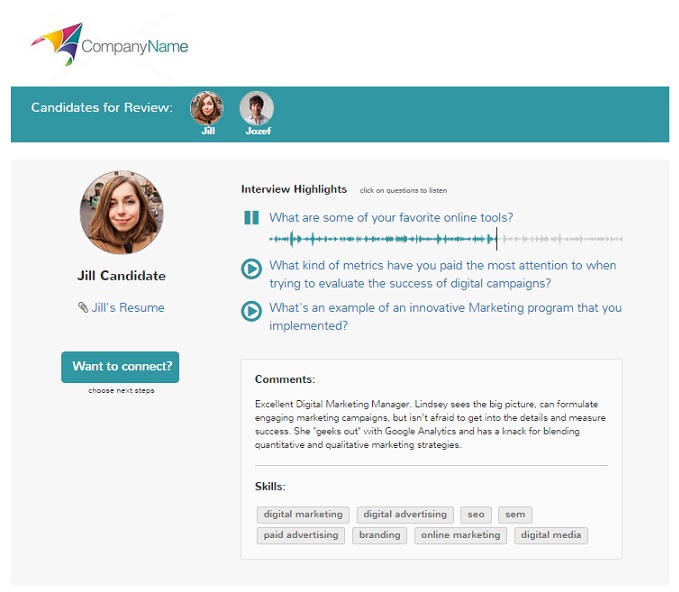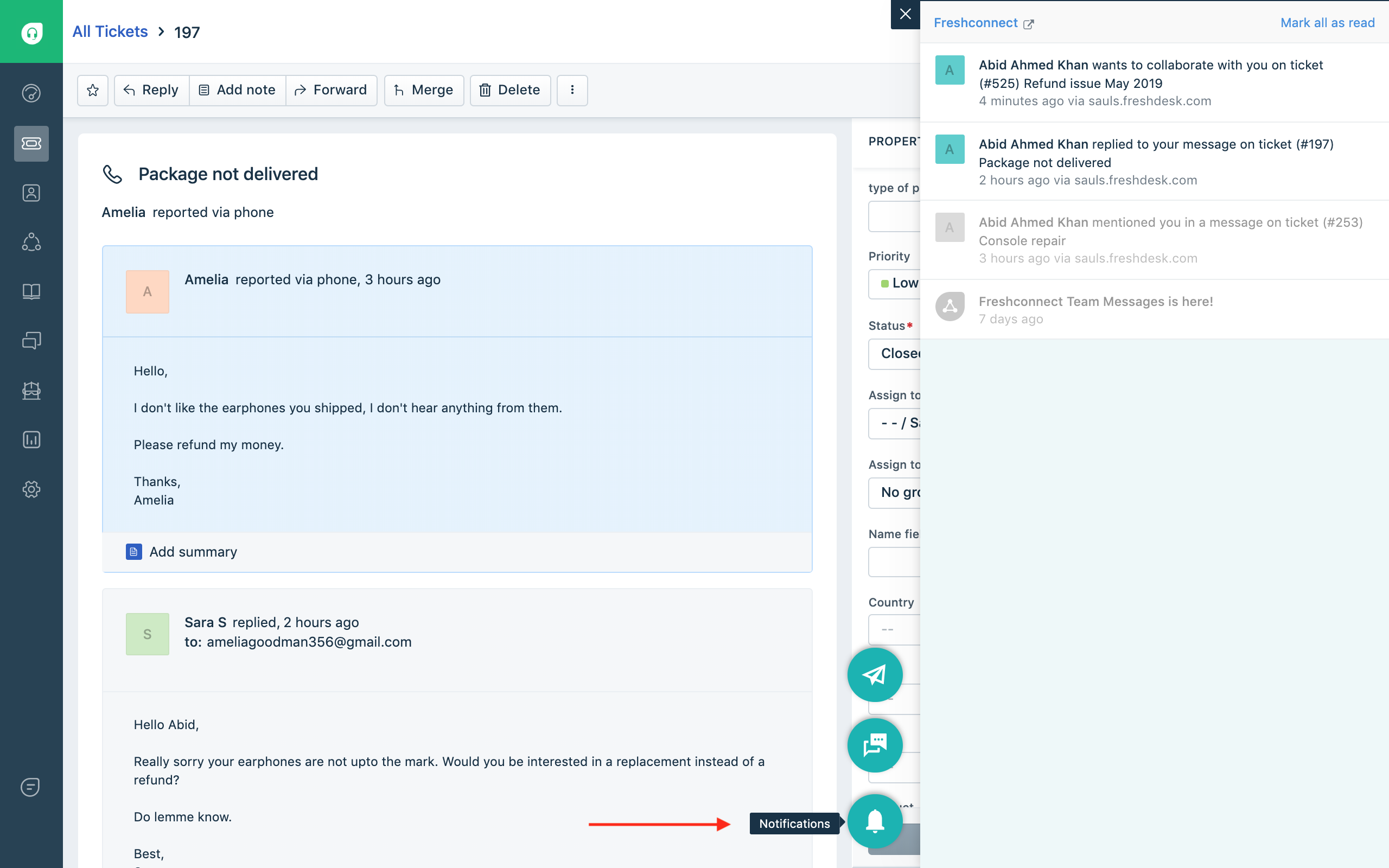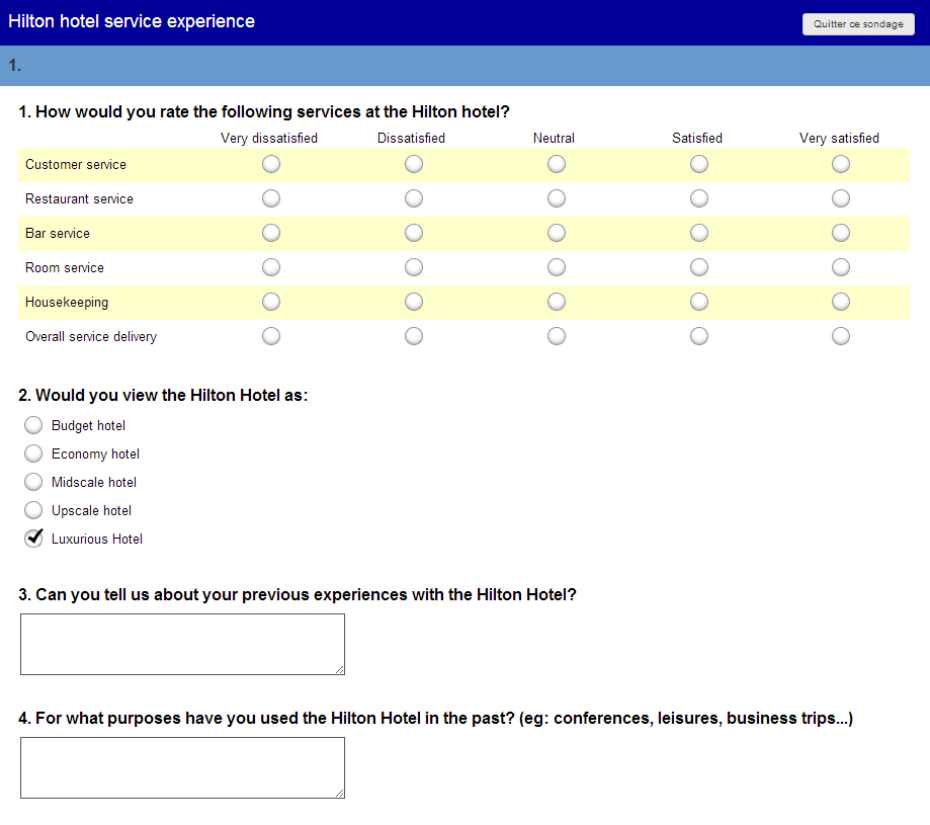Don’t expect the perfect market for your product to appear out of thin air. No matter how hard you search, you will never find a market if you build your MVP in a vacuum. Instead, develop your product around the existing market demand. If you give the people what they want, they will spread your software for you. That’s the philosophy behind product-market fit: build a product that fulfills the needs of a target market. However, that’s easier said than done. You can’t meet customer demand if you don’t fully understand what they want. For that reason, all product-market fit begins with customer communication. Here’s how you can get started:
Interview Customers
There’s no better way to learn about what your customers want than to ask them directly. In fact, customers are perhaps one of the most effective sources of new feature ideas. Instead of developing new features based on speculation, try interviewing customers either in person or on the phone to find out what they want to see in your app.
Be careful not to turn your interview into a sales pitch. Asking biased questions will give you equally-biased answers. The focus of the interview should always be on understanding your market and identifying problems, not making your product look better.
However, the most important thing to remember is that not all customer feedback is equal. You should always interview different customers depending on the problem you are trying to solve. Do you want to understand why your churn rate is so high? Don’t interview people who use your product daily. Do you want to understand what draws people to your app in the first place? Don’t interview people who rarely use it. To get the most value out of your data, consider the factors that make each customer unique.
Lots of services make customer interviews easy and efficient. Honeit, for instance, enables you to add notes and keywords to recorded phone interviews, then share and compare insightful audio clips.

While in-person interviews are ideal, phonecalls are sometimes a necessity. In those cases, Honeit and other similar interview programs provide lots of useful tools and features.
Reevaluate Customer Service
Customer service does not have to be so monotonous. By contrast, your customer-facing employees are an extremely valuable asset. Since they have immediate access to an ever-growing supply of unfettered user feedback, your employees can easily open a dialogue with customers. Customer service is especially useful for collecting lots of contextualized market data. For instance, if several users frequently complain about your application’s usability, you gain valuable information about how to improve it.
However, your customer service may need some improvements before you start using it to evaluate your product. If your customer support solution is entirely email-based, you may need to look for a helpdesk. An especially handy solution is Freshdesk. It enables your team to manage support tickets from a single inbox to keep everyone on the same page. Freshdesk also automates tedious processes so your team can focus on the customer input that will improve your app. The software then collects valuable insights and data on each phonecall so you can accurately and appropriately categorize and weigh all feedback.

Of course, Freshdesk is not the only solution, and it may not be the right one for your business. When choosing a customer service tool, look for one that helps your customer-facing employees understand feedback better. Check out this post from Finances Online for a thoroughly-researched list of useful customer support tools.
Survey Your Users
While surveys are less effective than open dialogue, they let you quickly measure how a larger audience feels about your software. But in order to get accurate results, you have to ask the right questions. To start, ask your customers to rate their experiences. Once you collect enough data, look for patterns. Are your users consistently dissatisfied with a certain feature? If so, focus on making improvements that will fix the problem.
You should also use surveys to figure out how often customers recommend your application. That’s because recommendations are a strong indicator of product-market fit. When a customer finds a product that meets market demand, they will share it with everyone else in that market. By tracking how likely customers are to recommend your app, you keep a finger on the pulse of the market.
Finally, give customers who take your surveys some sort of feedback. That way, they will know their insights are valued. Feedback may seem unimportant, but it’s an extremely important step that most companies skip. Hilton took the extra step and saw immediate results: their response rate jumped to 30% and their abandonment rate dropped by 6%. Most importantly, look at how short the survey is.

These surveys prove an important point: if you want customers to actually give you feedback, you need to make surveys as easy as possible.
If you need some help building better surveys, check out Survey Templates from JotForm. It’s full of great templates–all for free.
Next Steps
No single step is more important than the others. Each source of feedback provides unique benefits and drawbacks. To best understand how your product fits into the market, you should collect user feedback from as many diverse sources as possible and evaluate your information appropriately. Your application must be built with the customer in mind, so it’s important to find a development partner that takes the time to understand your market as well as you do. Throughout the entire process, Fyresite collaborates with you to understand your business goals and target market. To find out about our customer-centric app development, contact us online or call us at 888.221.6509.